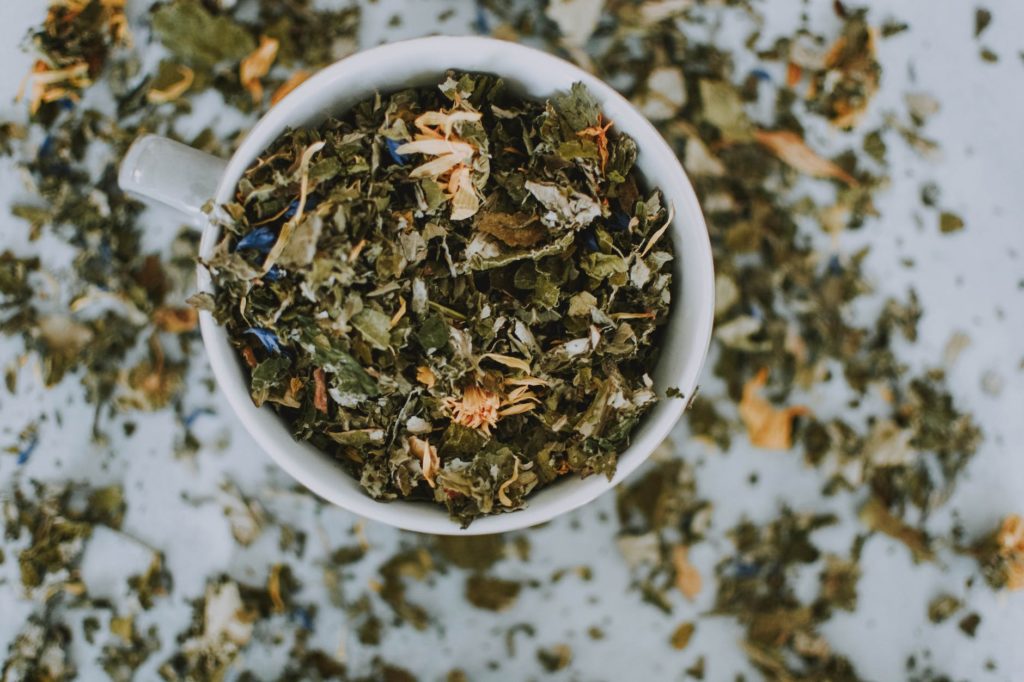For starters, all tea came from the same botanical source and that is camellia sinesis, but the difference is in the processing of the tea leaves, giving each and every type of tea its distinctive aroma, taste, and even color, as also its properties. Green tea is steamed and dried thus maintaining its color, chemical properties, and natural taste while other types of tea are fermented. Studies proved that green tea had a lighter flavor and aroma compared to that black tea, which makes all the beneficial chemicals intact, putting greatness to your enjoyable cup of green tea.
How to make a cup of green tea
• Brewing green tea is similar to other tea. Whether it is bagged or loose green tea. It is important to remember not to use boiling water. Brewing with water that’s just about to reach its boiling point is the right temperature; this is the reason green tea is more delicate than other tea.
• The best-tasting green tea is brewed in under one minute and left steep for a short period of time, it is recommended not to prepare it with boiling water and a longer time of steeping because it will make the tea bitter taste.
• However the increased level of polyphenols in green tea is directly proportional to water temperature and time of steeping. It means that the longer time it was brewed under boiling water and the longer it is steeped means a greater concentration of polyphenols in every cup of green tea making it more potent than that of shorter time to brew and steep. Polyphenols are the antioxidants found in green tea which contribute to green tea’s medicinal properties.
Suggestions on how to boost the antioxidant concentration of your green tea:
• Temperature- studies proved that with the use of boiling water, more of the polyphenols, and antioxidants in green tea are extracted from the tea leaves. The higher the temperature used for brewing tea leaves the greater the concentration of polyphenols to be found, thus making a more effective tea against diseases and illnesses.
• Steeping time- in order to attain more of the goodness in a cup of tea, a longer steeping time is advised. Longer steeping time allows more polyphenol presence. Tea should be steeped for 2 to 5 minutes to allow more polyphenols to emerge. A shorter steeping time means fewer polyphenols and greater caffeine content in your tea.
• Size of tea leaves- the smaller the leaf is, the better, even in size, green tea has proven the power of small things to create wonder. Studies have shown that small loose green tea leaves infuse quickly compared to that tightly curled and large tea leaves which require more or longer infusion time.
• Loose-leaf versus Teabags- it is preferable to use leaves compared to tea bags. By simply allowing the green tea leaves to float on the water more of the polyphenol are extracted while in order for tea bags to produce this antioxidant, the tea bags must be continuously dunked in the teapot.
To this day, green tea has already been proven to help cure and protect people against a lot of health problems. In order to attain optimum protection against illness, proper nutrition, a healthy lifestyle plus a cup of your favorite green tea will do the job.
DISCLAIMER:
This information is not presented by a medical practitioner and is for educational and informational purposes only. The content is not intended to be a substitute for professional medical advice, diagnosis, or treatment. Always seek the advice of your physician or other qualified healthcare providers with any questions you may have regarding a medical condition. Never disregard professional medical advice or delay in seeking it because of something you have read.
Since natural and/or dietary supplements are not FDA-approved they must be accompanied by a two-part disclaimer on the product label: that the statement has not been evaluated by FDA and that the product is not intended to “diagnose, treat, cure or prevent any disease.”





